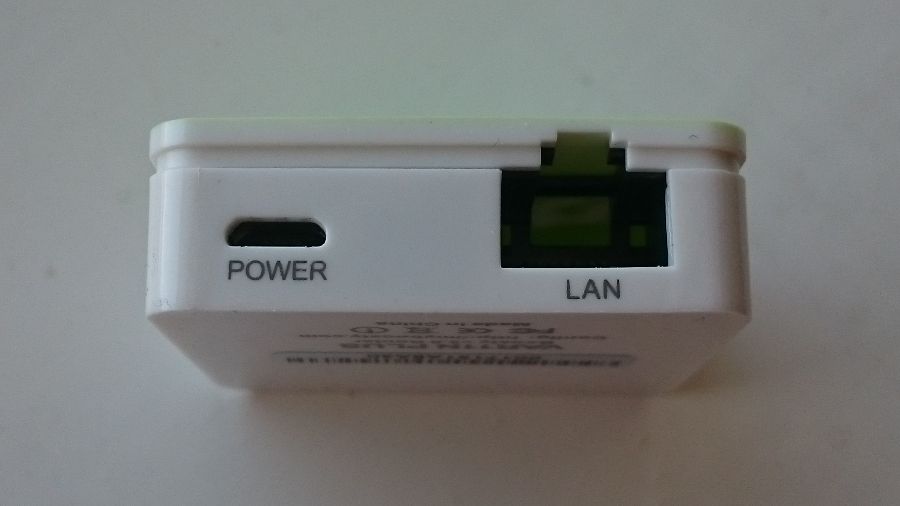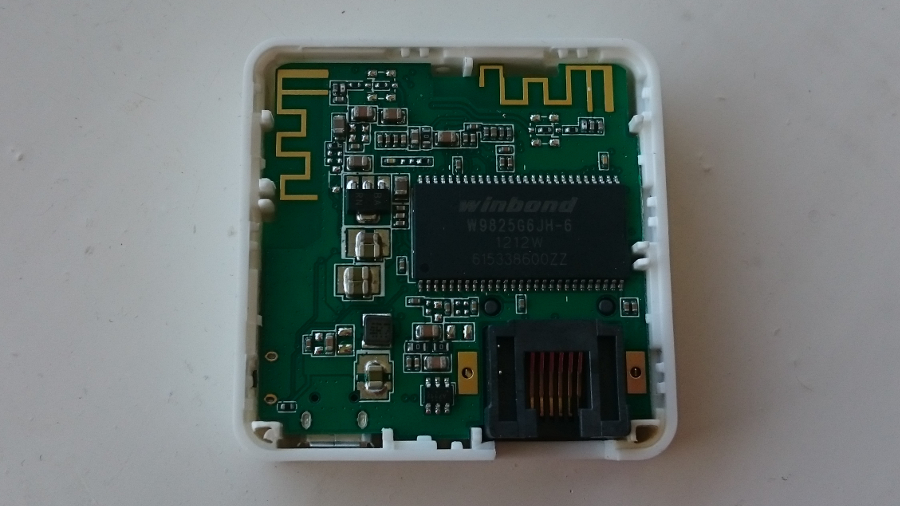
Fixed broadband – hey, who can live without it? Sure, landlines are dying but to get the best possible internet connectivity, you still need a cable (and a good router). But then, from time to time, a slew of incidents can cut short that seamless experience: road-works, utilities up digging the road, cheeky monkeys messing with the connection box or more prosaically, your broadband being absurdly slow because you live far from the cabinet.
A new service called Boosty promises to transparently improve your slow or unreliable home broadband by using your 3G or 4G smartphone for that. Great for home workers who require stable connectivity for VoIP calls or for file transfers for example.
The ideal case scenario involves ADSL broadband lines up to 4Mbps which Boosty can triple to up to 12Mbps. Should you use Boosty on lines faster than 4Mbps, the service will not boost the speed but will focus on resiliency (i.e. make sure that your line is stable). Your overall broadband speed will be capped to 40Mbps.
Boosty, the service, is made up of a router (a modified TP-Link model that remains the property of Boosty) and a 12-month subscription, all of which you get for £69. The cost of the service drops down to £39 after the first year. Your welcome package will also include the power supply unit, a USB cable and an Ethernet one.

The said router (Boosty v2.0 VAR11 Plus) is minuscule at 43 x 43 x 13mm and has a tiny built-in antenna, an Ethernet port, a microUSB one, a reset button and a status light. A bit of research indicates that it’s an 802.11n model which shouldn’t be an issue if your broadband is knackered.
However we didn’t test its range which might prove this device’s downfall, although its size means that you can easily relocate it.
As a prerequisite for Boosty to work optimally, you will need a router with at least one free Ethernet port and one free USB port (if not, one free power socket), a fair amount of mobile data allowance, ADSL (rather than fibre), and of course, decent mobile coverage. You will also need to run Boosty’s own app, Boostylink, on your mobile (available on iOS or Android but not Windows or BlackBerry).

Connect the box to your existing ADSL router, then it will sync with your smartphone via Wi-Fi (assuming you’re on the same network) using the app. Should your broadband start to play up, the Boosty router will automatically use up some of your mobile data allowance to pep up your connectivity.
But Boosty has been designed in such a way that mobile data will only be used when absolutely necessary, plus you don’t need to swap SSIDs. Users can select which devices within the network have access to the service and cap the amount of data Boosty can use.
They can also access their very own portal at myboosty.com which provides more granular control (including port forwarding) to power users. Note that you can connect the router to a Wi-Fi hotspot and that your phone service provider won’t flag it as a tethering service since the traffic is routed via the app.

Boosty is offered by a UK-based company called Sharedband which specialises in line bonding solutions where two or more lines are combined to boost the existing broadband connectivity at a premise.
The technology also requires your data packets to be tunnelled to their network where the actual aggregation occurs.
Boosty says it needs to combine streams that it splits across mobile and ADSL connections at one of its servers. This is because the outside world expects to deal with one end-point IP address rather than two. Some customers might not be particularly comfortable with this technique.
Early verdict
Boosty’s service will be useful in a few scenarios and £69 is not a big price to pay for a reliable, albeit not particularly fast, line. Another area of concern is the lag/delay that’s inherent to any solution that involves shuttling data to and from a remote server. The company does offer a 30-day money back guarantee in case things do not work out as planned.
Another alternative is Speedify, which costs $49.99 per year (around £34.50), and uses a software-based solution. The bonding happens on the client rather than at a remote location, so only one device at a time can benefit from the performance boost.
However, in this case note that the device being used will require access to fixed and mobile connections directly. For example, a Wi-Fi-only iPad wouldn’t be able to use Speedify.
There’s also a tantalising prospect. Pair that with a portable battery-powered wireless router (these cost as little as £20) and you could potentially be looking at a way to circumvent tethering restrictions set by your mobile phone provider either here or elsewhere.
We’re thinking more specifically of Three and GiffGaff, both of whom have restrictions on tethering. But generally this technique will work for all service providers across the board.
Source: techradar.com










































am i missing what the benefit of this over say using your 4g phone as a mobile hotspot or just having a wifi hotspot?